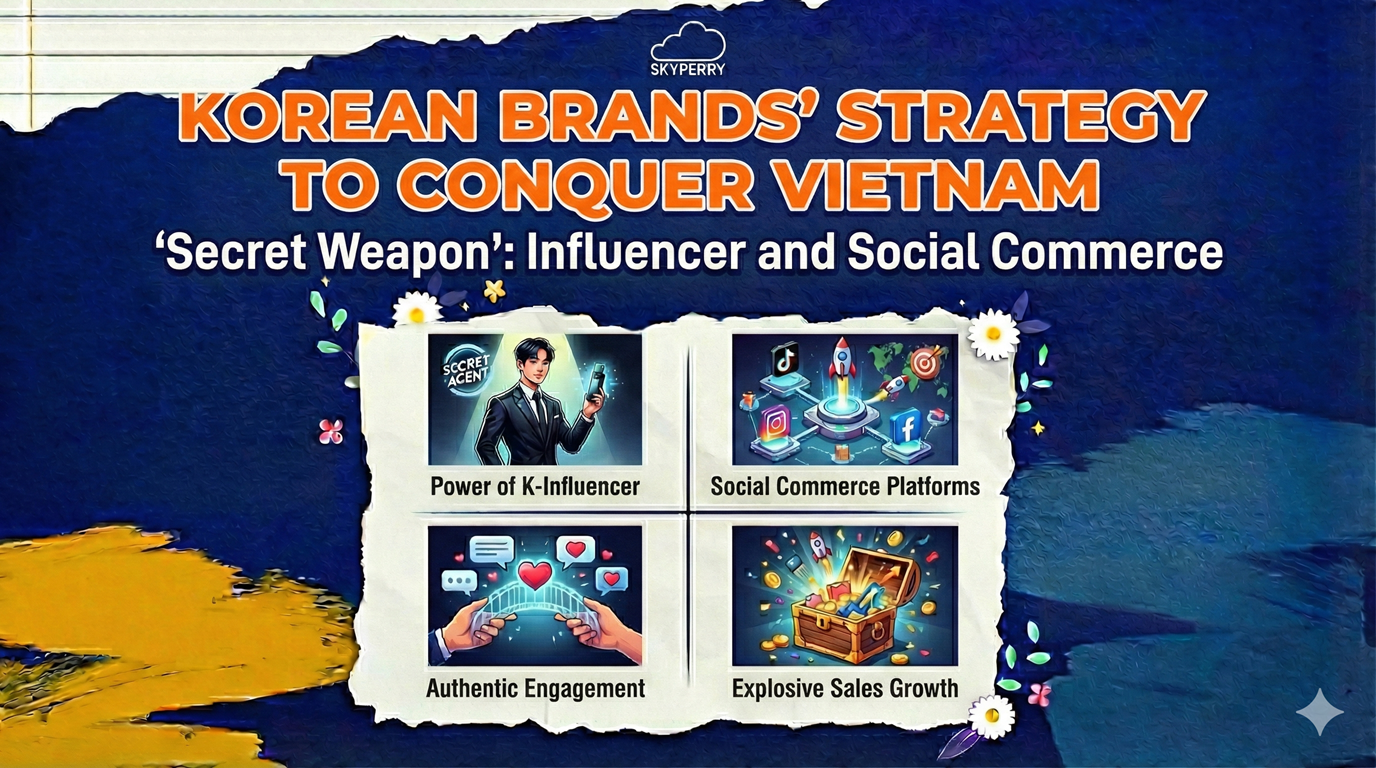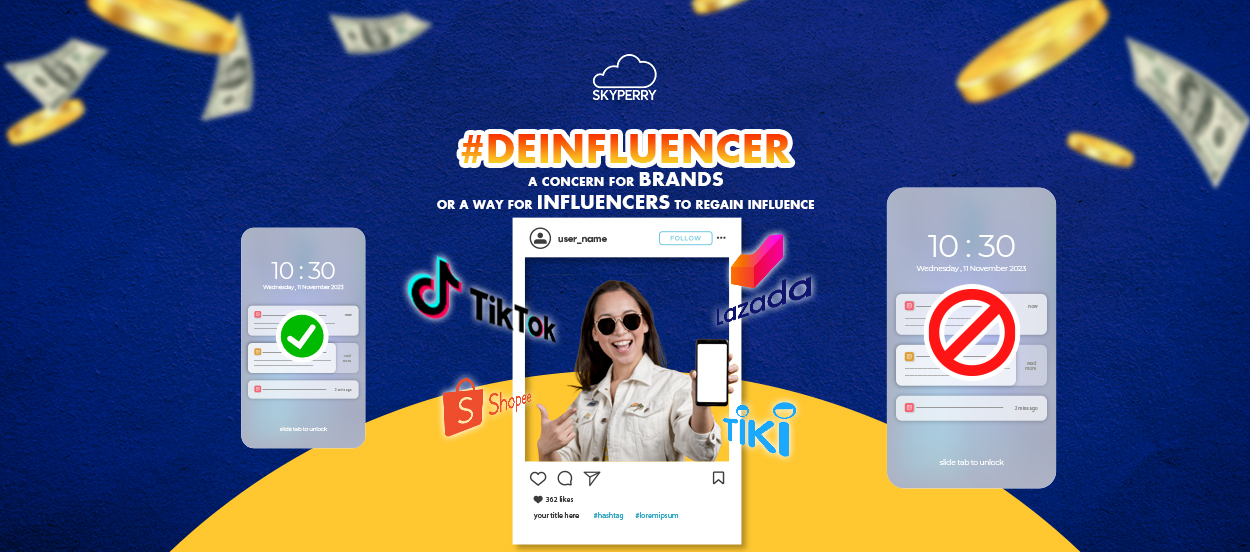2021 fashion industry trends got a significant change. The COVID–19 pandemic’s profound impact on world economics is to blame.
The pandemic has changed the ways consumers make purchase decisions and their shopping habits. They became more aware and careful when it comes to consuming any given product, which pushes brands into changing and adapting to a better marketing strategy.
- E-commerce
- Online payment
- Environment concern
- BOPIS
- Tiktok – viral contents
- Shopify – sell and manage your performance online
To follow up, below are marketing trends that will help fashion firms ride the 2021 wave of changes.
E-commerce
E-commerce became popular not only because of the COVID-19 breakout but also because, in recent years, people have already begun to shape their online shopping behaviors, bit by bit.
However, the breakout seems to have made retailers rethink and focus their games on E-commerce. To explain, in 2020, there has been a rising tendency of consumers to purchase products without wising to touch and experience them physically. The tendency shows an evolution of the needs and demands of consumers, requiring urgent adaptation.
To maintain brands’ annual sales and to motivate online consumerism, a large number of campaigns with discounts, flash sales, and promotion codes were executed on E-commerce channels.
Online payment
As a result, the fact that online shopping is considered the only safe shopping solution by consumers has brought a huge sales increase, generated from E-commerce.
Even for high-involvement products like fashion items, there were no exceptions. This strongly addresses E-commerce’s role as one of the key platforms for sales distribution.
Besides, E-commerce channels help brands sell more effectively and efficiently. Communication and promotion activities are conducted online, which saves a huge fee amount. Moreover, online ad banners come with the advantage of deeply customizing your target audiences when displayed. This shall promise a chance of more sales leads.
Feedbacks and comments sections are always available, which motivates customers to review so as to increase brands’ image coverage on all digital platforms.
Bringing brands’ business online provides mutual benefits for both brands themselves and consumers, indeed.
Environment concern
According to the Intergovernmental Panel on Climate Change (IPCC), the fashion industry produces 10% of the global carbon dioxide emissions and is estimated to use around 1.5 trillion liters of water every year.
Moreover, fast fashion has become a real threat to the sea environment only by consecutively releasing many collections. This pushes consumers to buy more than their actual needs.
As a consequence, fast fashion brands release 500 000 tons of microfibers, which go off clothes when washed, into the ocean each year (equivalent to 50 billion plastic bottles – Business Insider, 2019).
Any fashion or business owners should be alert and notice the mentioned impacts. Their roles are to meet their consumers’ demands but also to reserve the earth’s scarce resources of fresh air, water, and ocean.
BOPIS
BOPIS or Buy Online, Pick-up in stores is a trend recommended to be combined with E-commerce for service efficiency along the customer journey.
Customers, can choose items on the online store, control their pick-up time as they wish, and pick up their pre-ordered items.
Instead of relying on an E-commerce delivery experience, any brand can merge their e-store with a physical store by BOPIS. Customer experience will then can be controlled better.
Tiktok – viral contents
Introduced in September 2016, TikTok has been a global video community with the fastest growth rate until now (800 million users, We Are Social, 2020).
Known for the focus on visual communication, fashion brands may want to consider this phenomenon as a potential platform.
TikTok has a high session duration and a high average number of people reached organically. Also, as a platform that values Users Generated Content, TikTok has made millions of people go viral by only doing trends and challenges.
If small and medium fashion brands are quick on keeping up with the social taste, creating the right trend shall help them shine quickly. They will be able to build brand image, and brand awareness efficiently as well as benefiting a huge organic engagement amount.
For example, a week after Levi’s collaboration with TikTok, the “Shop Now” program attracted huge Marketing Qualified Leads on Levi’s website.
Brands need to keep in mind that, the key ingredient for a successful TikTok campaign is having the right objective and strategy. Then, with proper TikTok advertising execution brands could make the best out of this platform.
Shopify – sell and manage your performance online
Shopify is an e-store platform (with both mobile & web versions). It allows business owners to convert many of their offline business activities to online ones. The functions vary from managing brands’ inventory, creating discounts, and selling products via digital channels to collecting, and analyzing data regarding their sales performance and customers’ experience.
Overall, the number of new sales qualified leads (SQL) on Shopify has increased by 8% since the lockdown. In detail, the amount of SQL for each shop owner on Shopify increased by 45% on average. The number is to increase more in the future.
If interested, you could have a 14-day trial to learn on Shopify and be better prepared for the 2021 change.
Here is a list of suggestions for a better digital marketing plan in 2021 for fashion brands:
- Optimize customers’ experience on mobile phones by combining social media and E-commerce platforms.
- Increase online channels’ traffic through Social Group Marketing, Influencer Marketing, and E-commerce Marketing.
- Enhance your competitive strengths on sales channels with engaging content types such as Product Unboxing and Introducing, Livestream: Influencers’ reviewing products.
For consulting on a more efficient digital marketing plan, please feel free to contact us via:
SKYPERRY – Digital Marketing Agency
- Hotline/Zalo: (+84) 88 605 6868 (Business/Sale)
- Mail: [email protected]
- Website: www.skyperry.com
- Zalo page: zalo.me/258535189899787679



